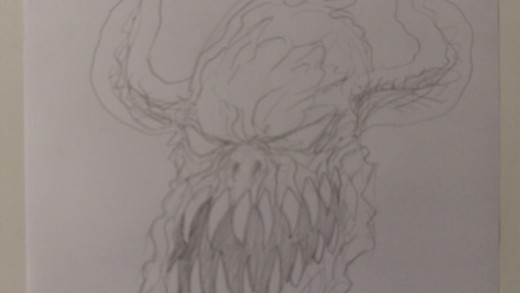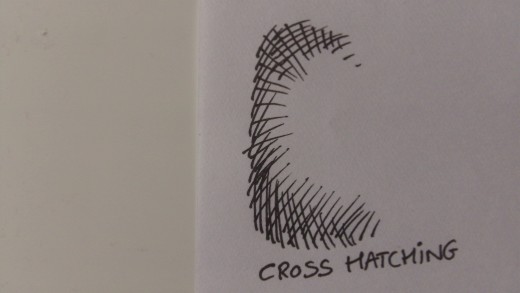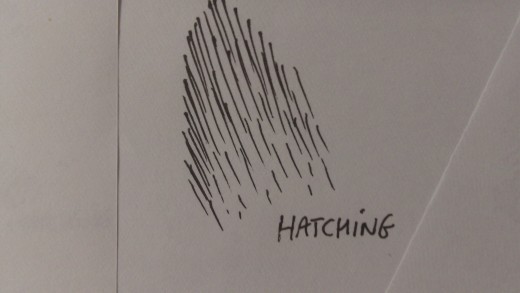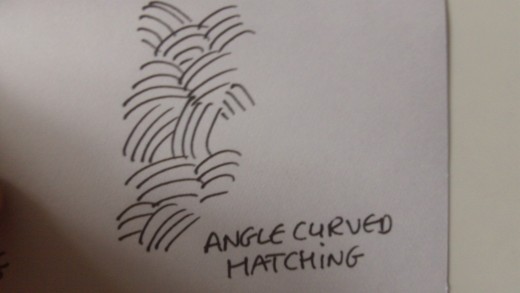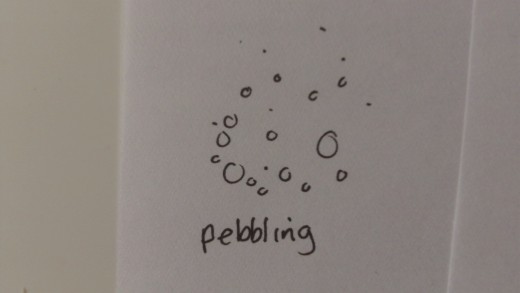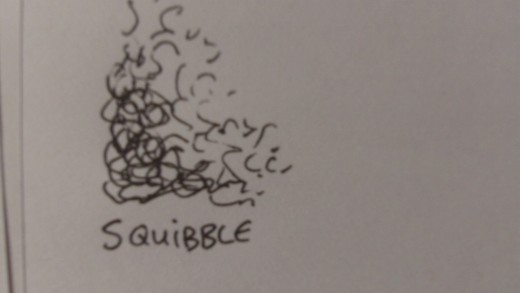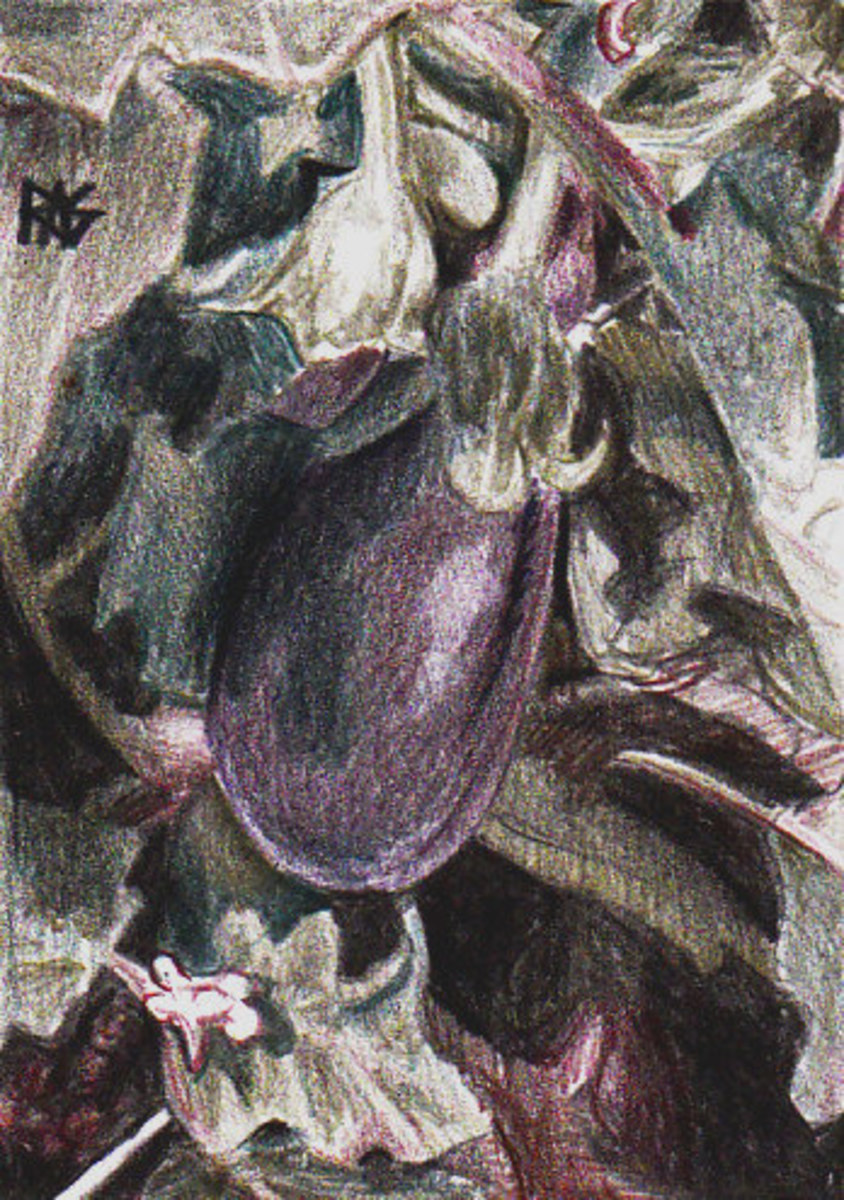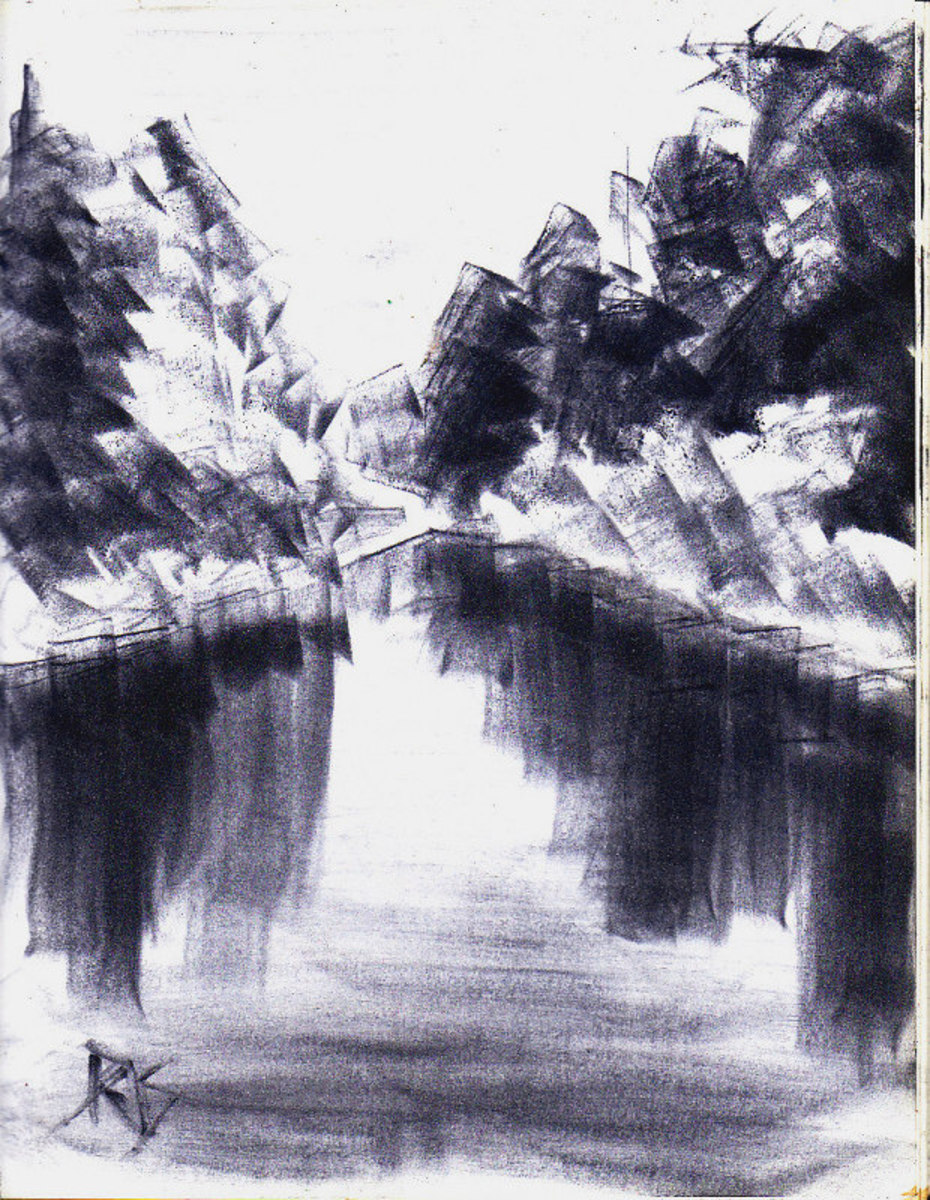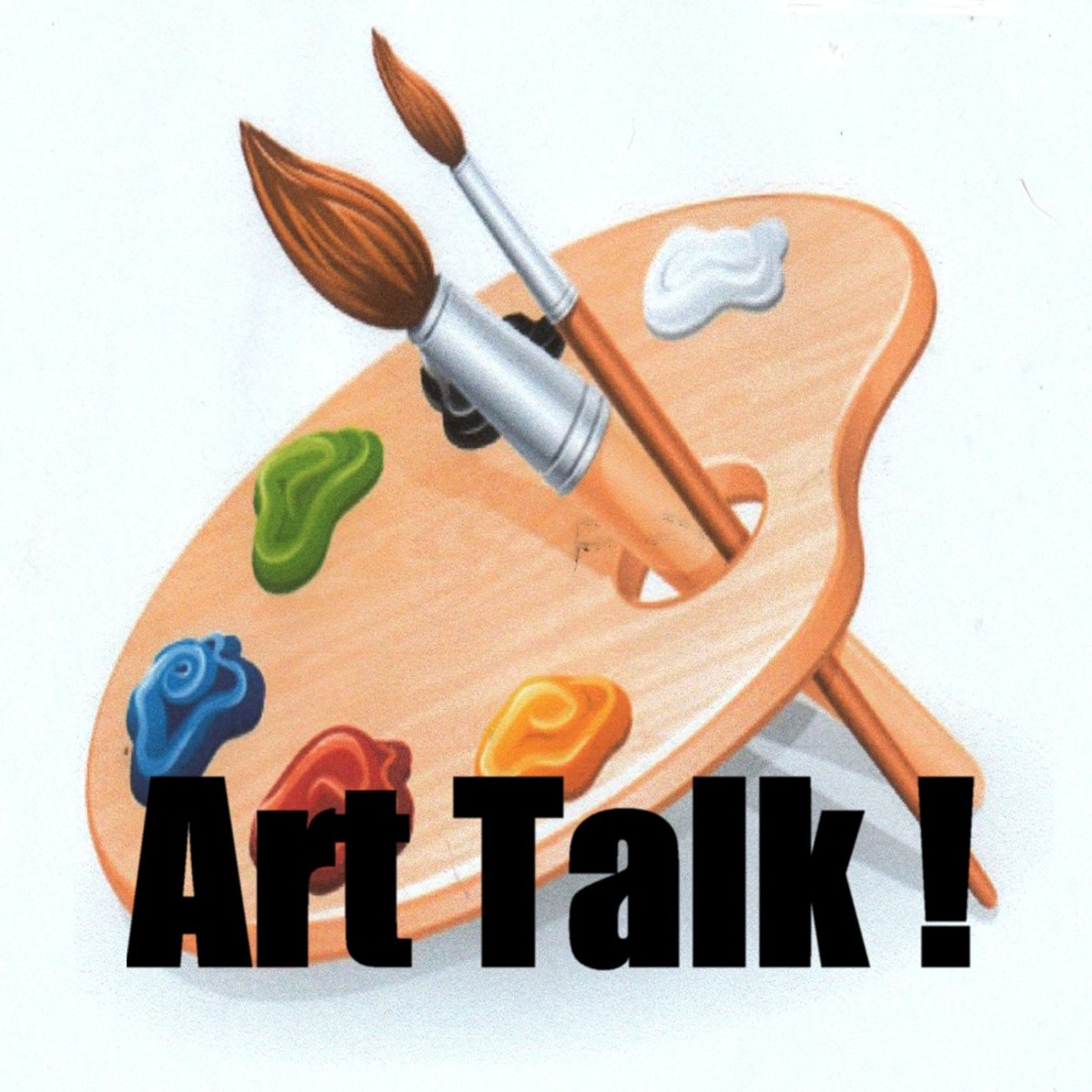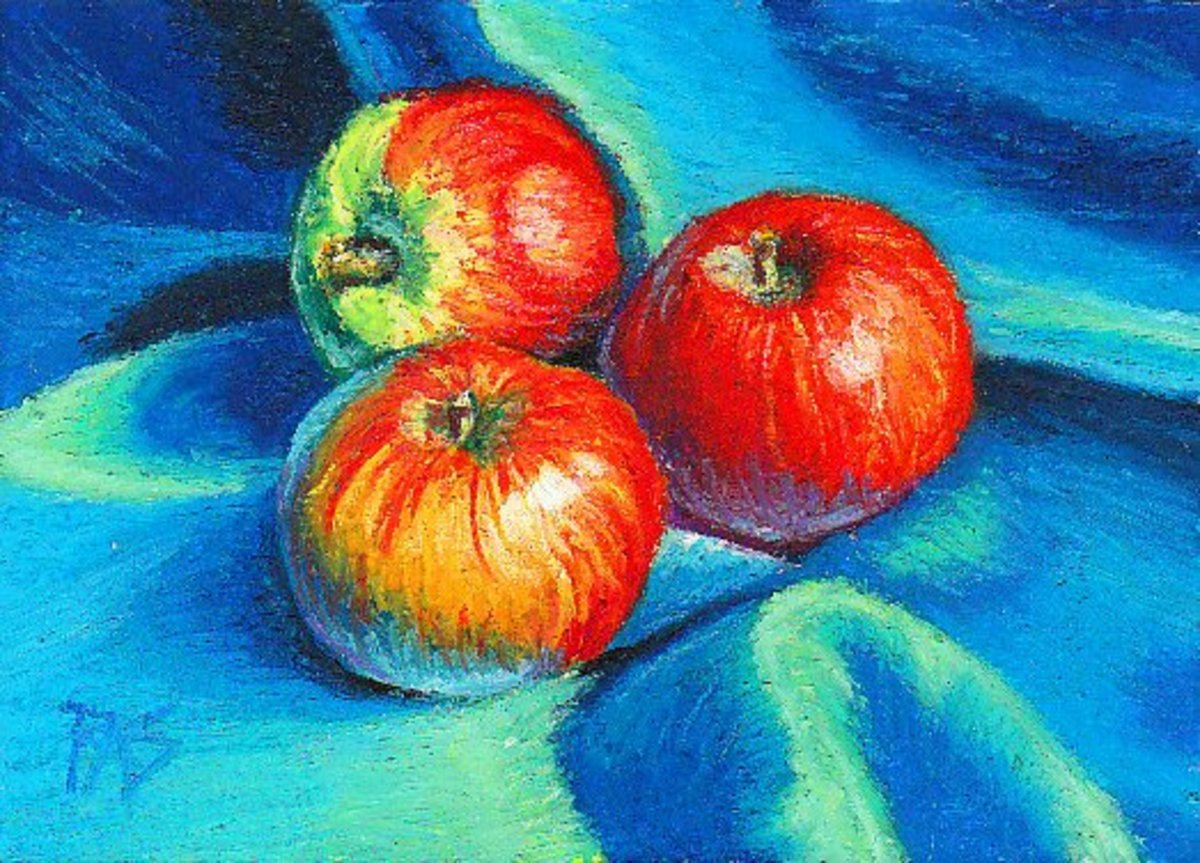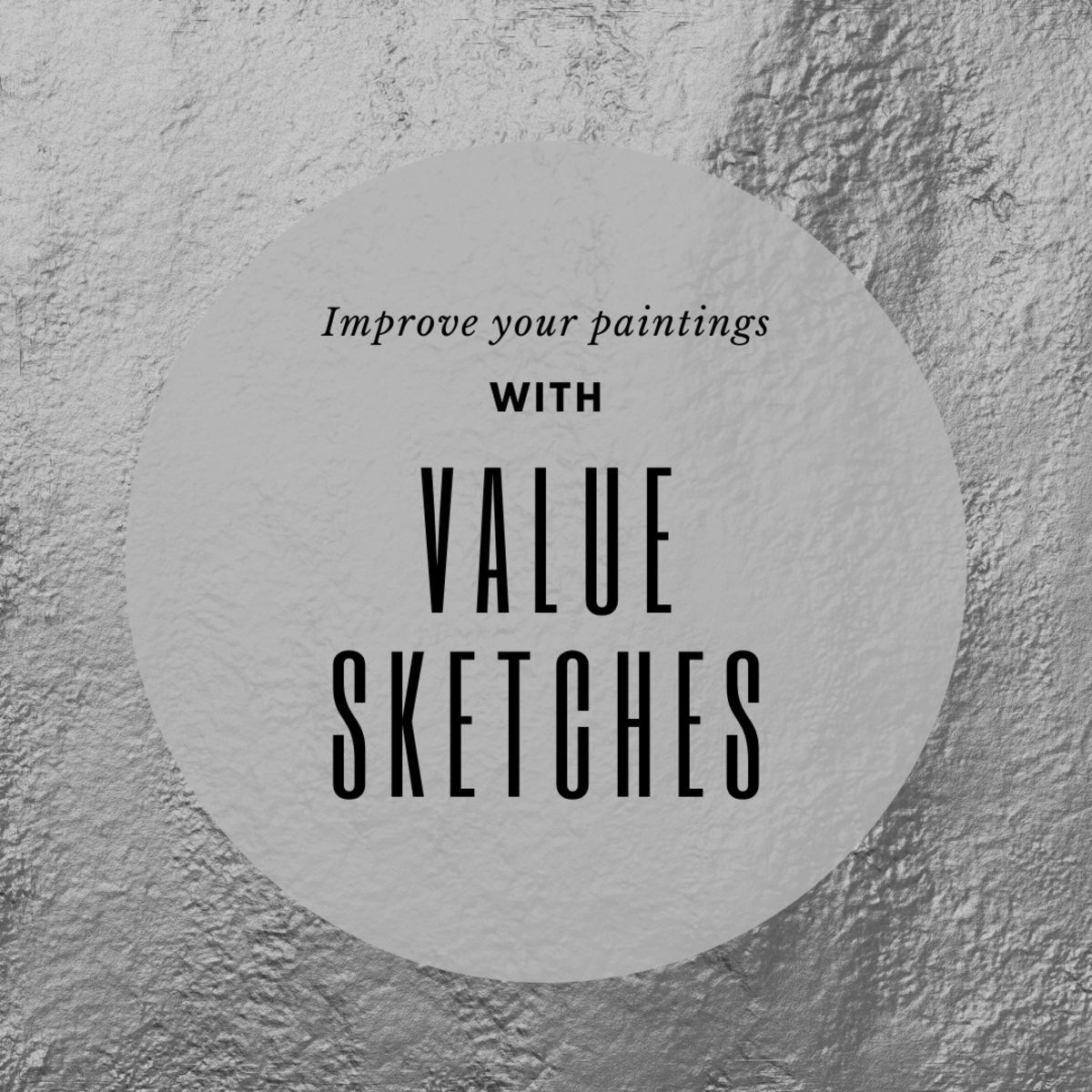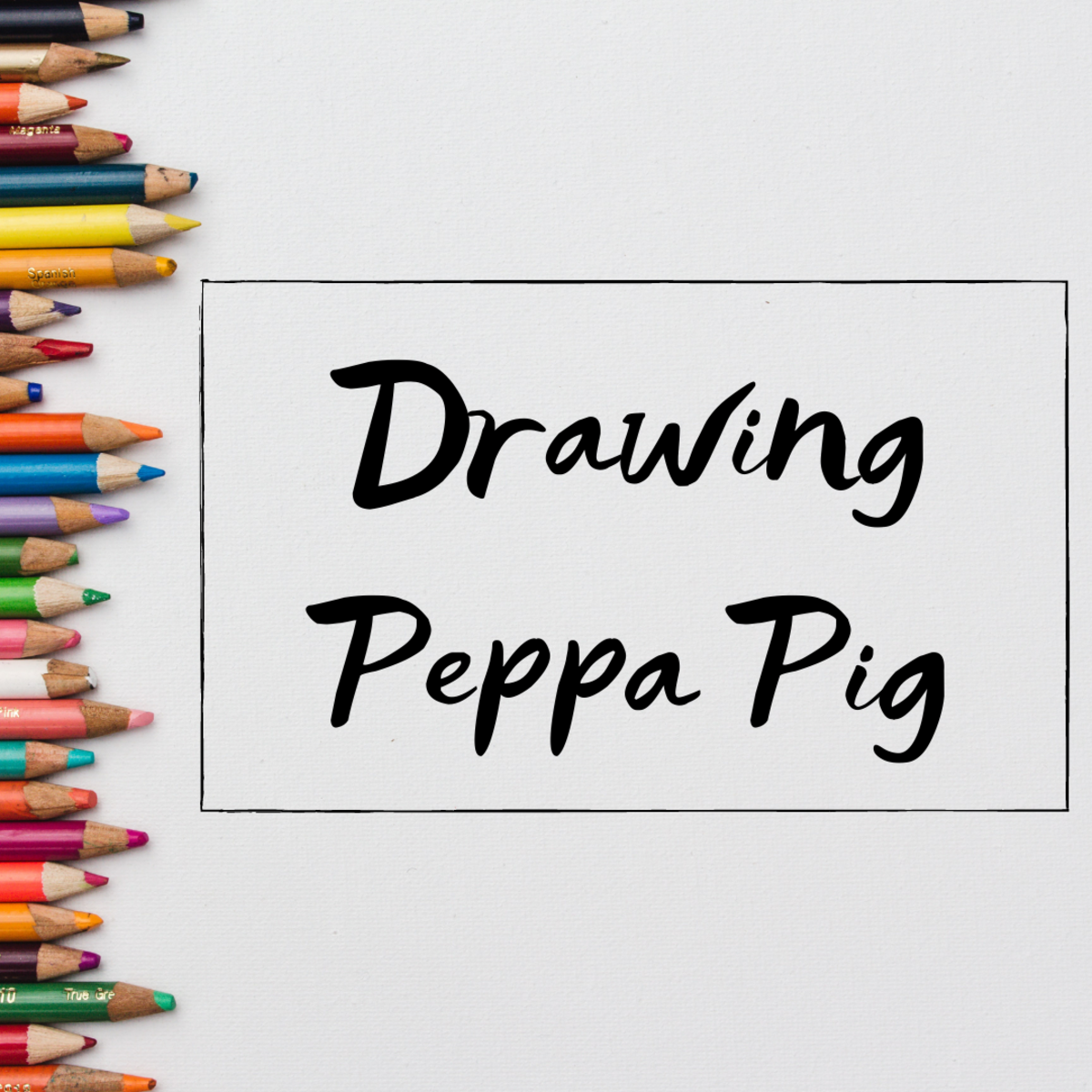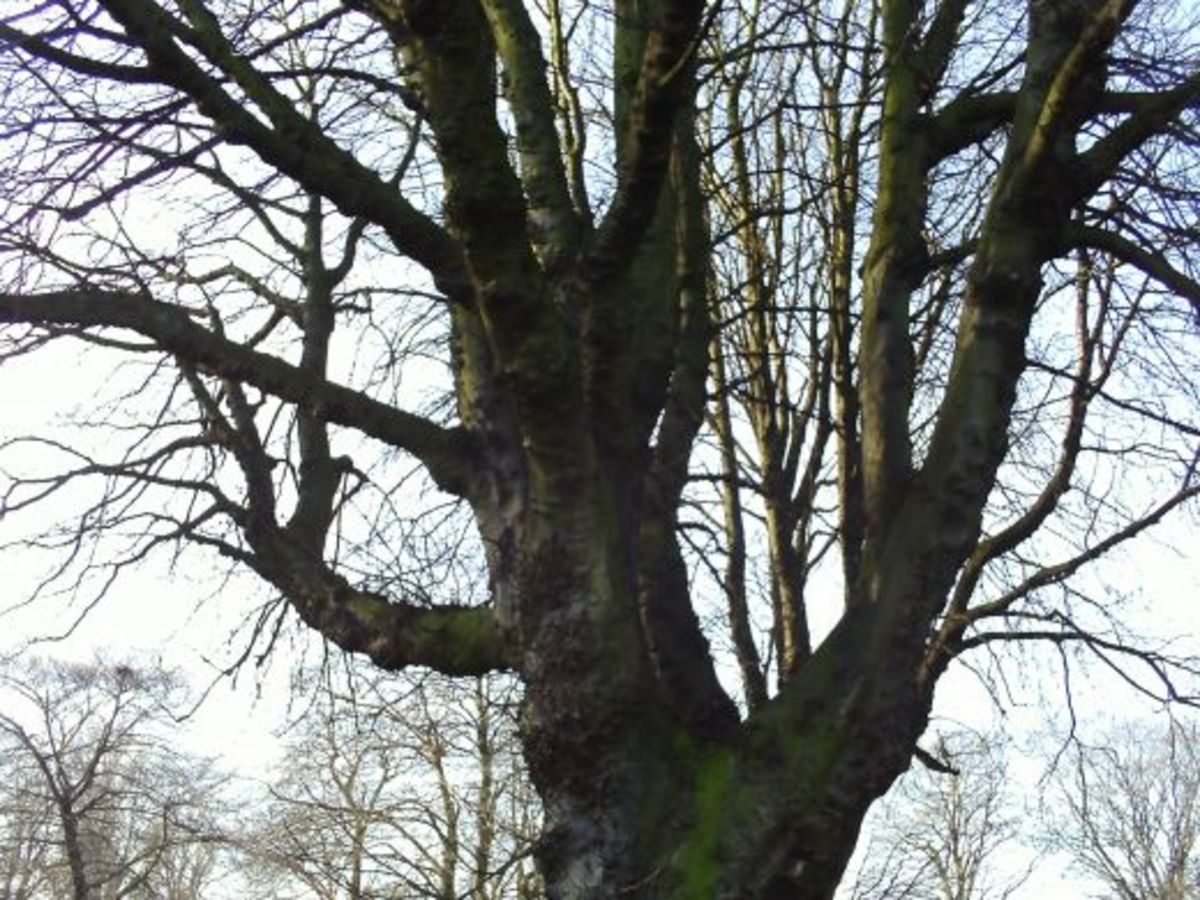Sketching Tips For The Artist
Skull Pencil And Ink Sketch
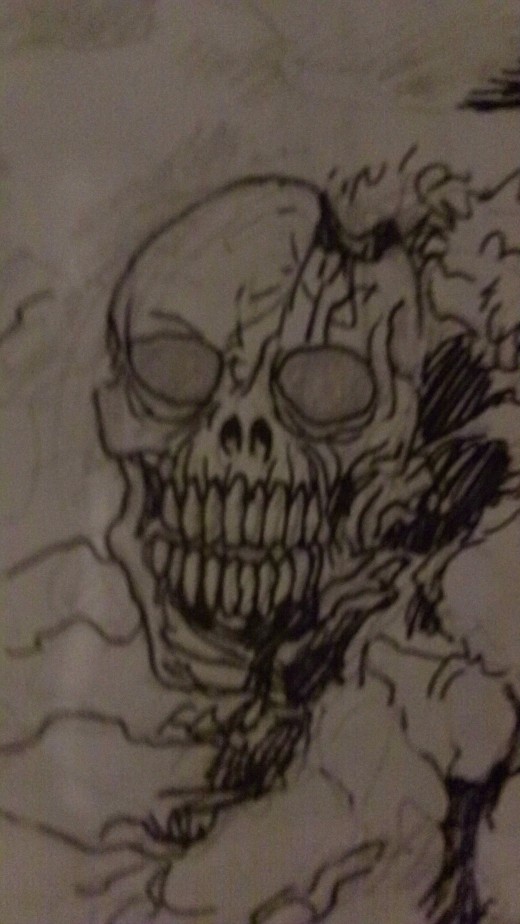
Sketching Advice And Tips
Sketching, the very word implies that it is separate from the word drawing, as really these two words are very different approaches to creating art, first when sketching you are drafting mainly, you are exploring the things you want to sketch and as such you are not really drawing, you are planning the drawing, setting it up for a complete drawing. Here we will go through why sketching is more important than the actual drawing for an artist.
Selecting a subject to start sketching
You need to find things to sketch and what better way than looking at real life to test your artistic capabilities. Of course I'm not talking about sketching exact replicas of everyday people, sketching is the way of capturing movement and life with quick pencil strokes that are almost expressive of daily life with people doing their daily routines.
For instance in the quick pencil sketch below I asked my daughter to hang around for awhile and play whilst I sketched her quite quickly and as you can see the result was fairly average, but it doesn't matter as with every day practice of the art of sketching you can improve on this most basic art skill and learning from sketching is possible.
My Daughter Photo And Quick Sketch
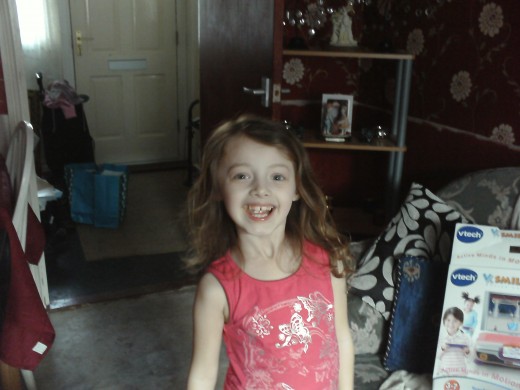
Sketch Of My Daughter
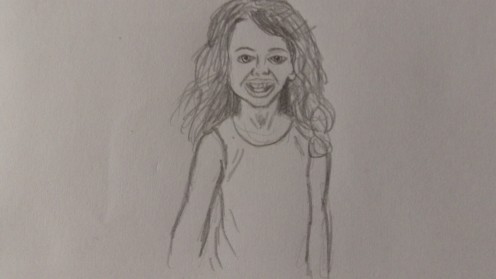
Explore Your Own Technical Ability With Sketching
Learning to sketch is like learning to draw, but sketching comes first as the most essential of the two and you can explore your own technical abilities with a quick sketch to see if what you are trying to create will actually look accurate or correct, although a sketch from real life we know should not be an accurate reflection but it must contain the spirit of what you are attempting to sketch.
Focus your concentration
Constantly looking at what you are drawing can become a distraction to others and may break your concentration, so try and become good at visual memories by looking and studying the subject to be sketched and then just try and sketch it out on paper with minimal interruptions. Improving your visual memory is the key to to a good range of sketches and having new sketchbooks is essential as an artist to practice daily.
Deciding on a style of sketching with the right materials is essential for the type of sketch and effect you want to achieve. So don't feel limited in any way by just using Pencils for sketching you can use other art materials such as Pastels, Colored Pencils and even certain ranges of artists Paints. Others could be chalk, Felt Tip Pens, Charcoal, Blood and Poop (But we'll leave them last 2 off the list really!)
Crayola Supertips Quick Imaginative Sketch
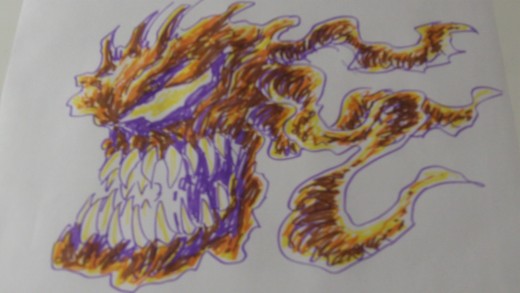
Sketching With Ink Pens
Ink Pens lend themselves to a really great use of ink line that when used in a sketchy way they produce a nice thin line that when layered with varying ink pen effects you can produce different results with such methods as cross hatching which is were you draw lines going one way and then ink pines going over the top of the previous lines going in either the opposite way, this is an especially useful inking technique to show shadow and form with just ink alone.
Other ink techniques are as follows and you can use these if you sketch with ink pens alot or quite frequently. (Look at the image below to see examples of all of these inking sketch techniques)
- Hatching - This is similar to cross hatching except that the ink doesn't cross, it's just a series of parralel lines all going towards the same direction.
- Angle or Curved Hatching - This is were you can group a series of four to five ink lines together as one curve hatching and then add others in thrown in at different angles to suggest varying surface textures, I like this one.
- Pebbling - Small circles drawn as circles and small dots to differentiate certain forms on stone work and other earthy textures or quite laughably old mans skin as my art tutor used to say.
- Squibble - A scribble of ink all focused on to one area and then the scribbles become looser as you leave the concentrated area. (Notice I meant to say Squibble as I can imagine Mel Blanc saying it as Bugs Bunny!)
- Loose line sketching - As it implies, loose line sketching is a way of sketching that relies on you having to redo the ink lines to find the right way of sketching. See the example of a hand below drawn with the loose line sketching technique.
Ink Sketch Techniques
Click thumbnail to view full-size




Sketching From Your Imagination
When sketching from your imagination this is the ideal time that you can set yourself free and draw some fantastic stuff and quite often the losee line sketching comes into play quite often when you are trying to sketch imaginative stuff. The following drawing below I made from a couple of squiggly lines that helped pave the way for this imaginative demon head sketch.
The sketch looks unfinished because it's just one sketchy looking drawing that will be either completed or re-drawn differently so that I can capture some elements that I wanted to include.
Demonic Head Sketch
